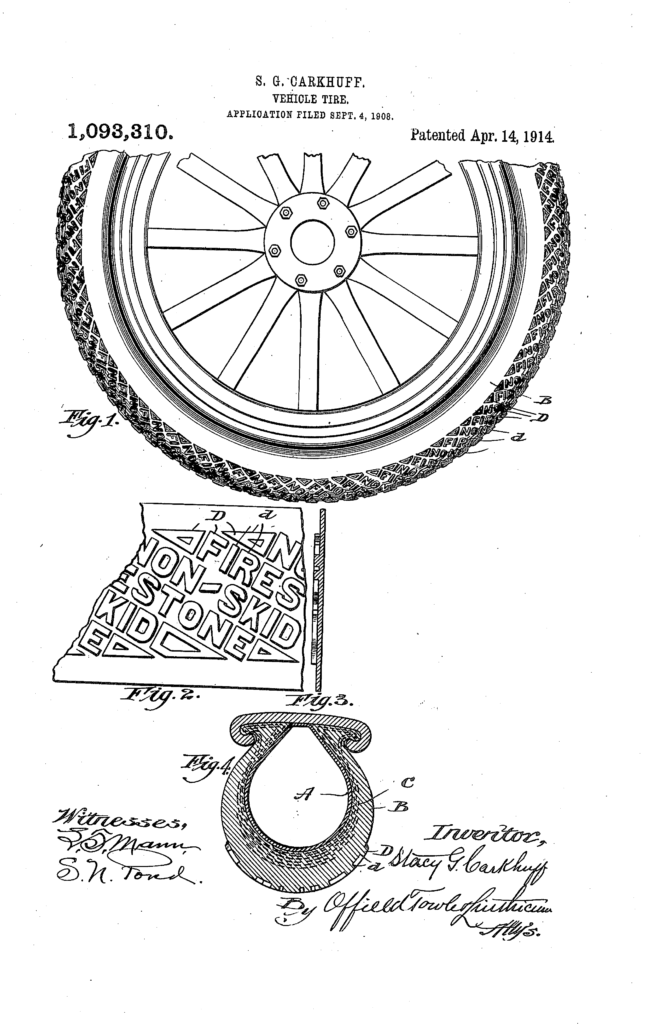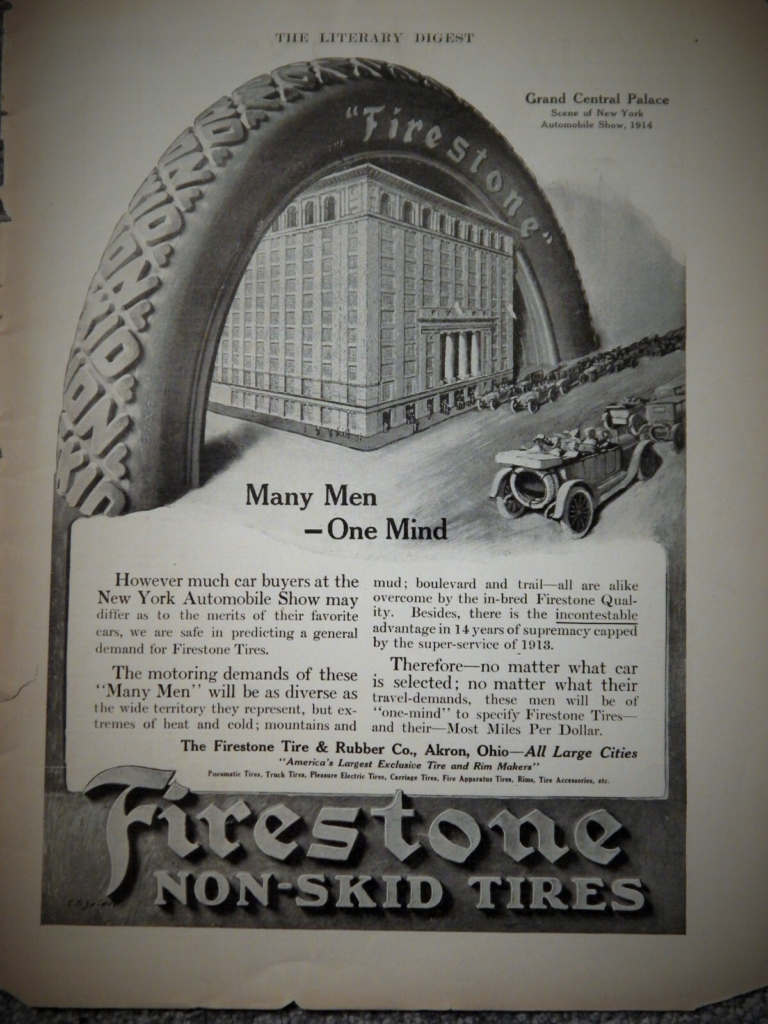On February 20, 2025, Diamond Art Club (“DAC”) sued the USPTO seeking to overturn sanctions imposed by the USPTO because W&K IP LLC, the firm that filed DAC’s application, improperly used the name of a licensed practitioner. Although the USPTO apparently recognized that DAC and practitioner were unaware of W&K’s improper conduct, the USPTO issued the following sanctions:
- Terminating the proceedings in the application.
- Precluding submission of any petition to revive the application or any petition to withdraw a holding of abandonment.
- Precluding submission of an Application Data Sheet or any other paper which includes a claim of benefit to the filing date of this application.
- Striking from the record all documents containing the signature of the practitioner.
On May 5, 2025, DAC and the USPTO agreed that the USPTO did not have to file an answer, and instead DAC will move for summary judgment. But why is the USPTO so severely punishing innocent inventors and their innocent licensees? How did the USPTO determine these sanctions were appropriate in the first place, and why is the USPTO (apparently) considering defending them? The sanctions are unwarranted against the innocent inventors and their licensee — there is no bad conduct on their part to punish. Nor will the sanctions serve to deter bad conduct since future inventors and assignees are likely to be as innocent as the sanctioned inventors and assignees.
The USPTO was created to discharge the Constitutional mandate of promoting the progress of science and useful arts. Forcibly terminating 3100 applications of potentially innocent inventors and their assignees is not on mission.















